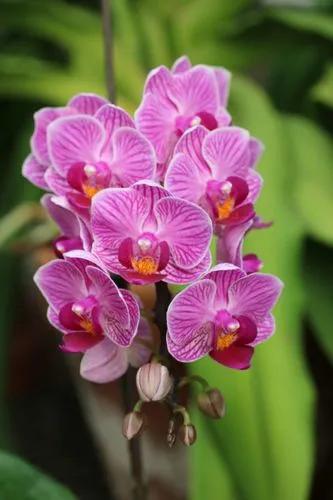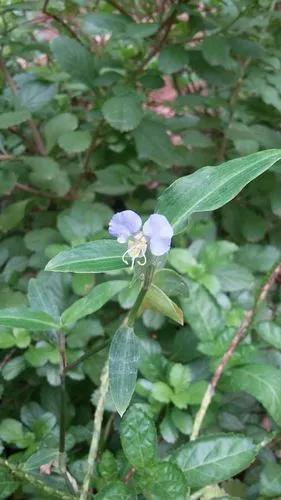Myosotis scorpioides or the true forget-me-not is an herbaceous perennial flowering plant in the borage family, Boraginaceae. It is native to Europe and Asia, but is widely distributed elsewhere as an introduced species or a noxious weed.
True forget-me-not Care
Myosotis scorpioides



Myosotis scorpioides, commonly called water forget-me-not or true forget-me-not, is a rhizomatous marginal aquatic perennial that typically grows 6-10” ( less frequently to 18”) tall on decumbent to upright angular stems. Light sky blue 5-lobed flowers (1/4” diameter) with yellow centers bloom in branched scorpioid cymes that uncoil as the flowers open. Long spring through summer bloom period. The cymes, particularly when in bud and early bloom, resemble a coiled scorpion’s tail, hence the specific epithet. Shiny, oblong to lance-shaped, bright green leaves (to 4” long). Synonymous with Myosotis palustrus. Native to moist meadows and stream banks from Europe to Siberia, this wildflower has now escaped cultivation and has naturalized in wet places throughout many parts of North America. The common forget-me-not of borders and woodland gardens is Myosotis sylvatica.
How to Care for the Plant

Water

Forget-me-nots love moist soil. Never allow to dry out. Watering with a soaking hose or drip irrigation make the watering process simple.

Fertilizer

Apply slow releasing balanced all-purpose granular fertilizer at least once per season. Early spring is the ideal time. Avoid over fertilizing.

Sunlight

It can be grown in full sun to partial shade.

Soil

This wildflower adapts to ordinary garden soil containing loam or clay-loam if it is kept sufficiently moist. Shallow standing water is tolerated.

Temperature

This plant can be grown in the areas with the lowest winter temperatures of −26.1°C (−15°F).

Popularity

317 people already have this plant 98 people have added this plant to their wishlists
Discover more plants with the list below
Popular articles






